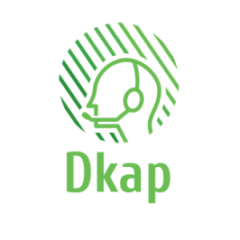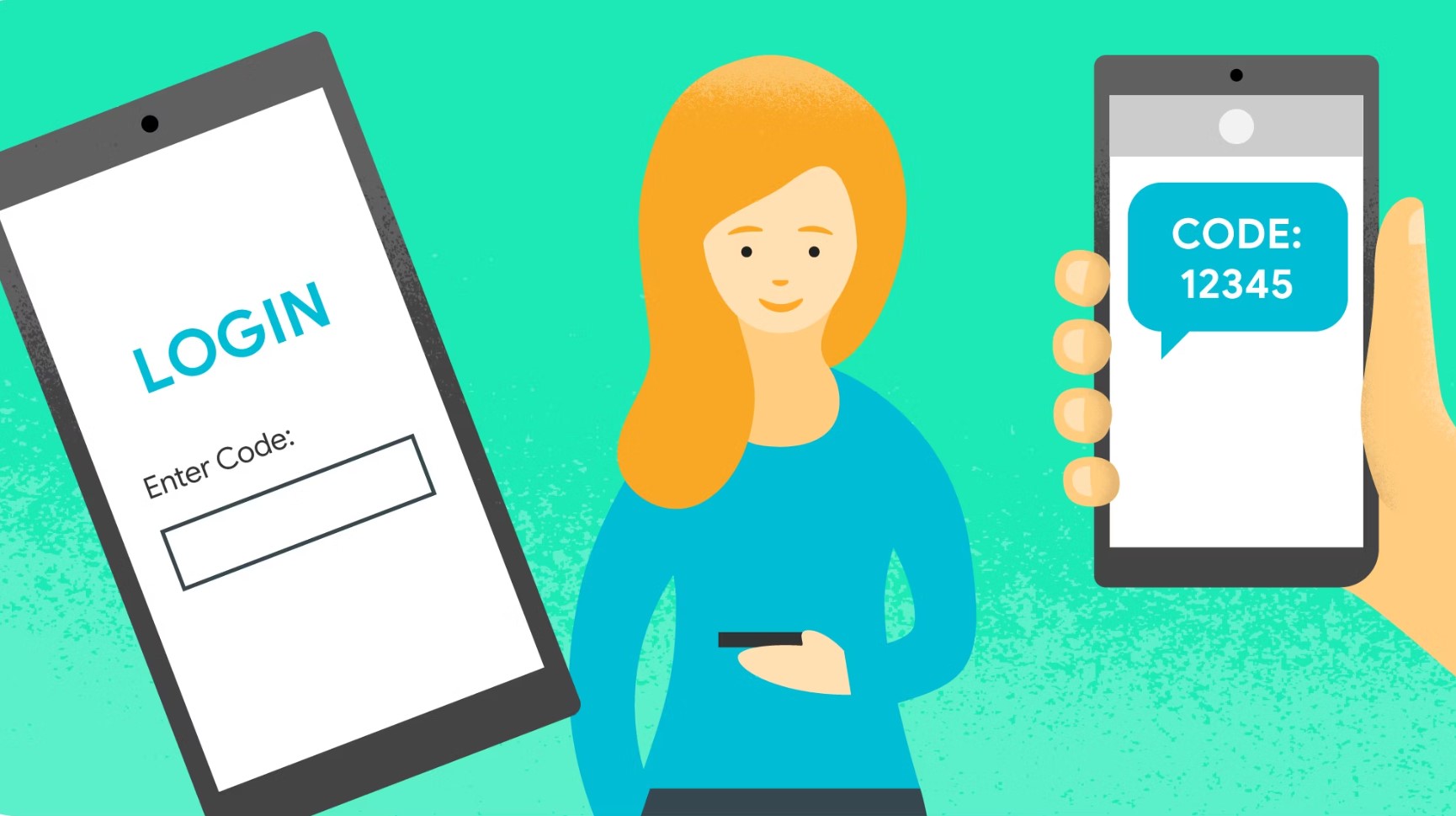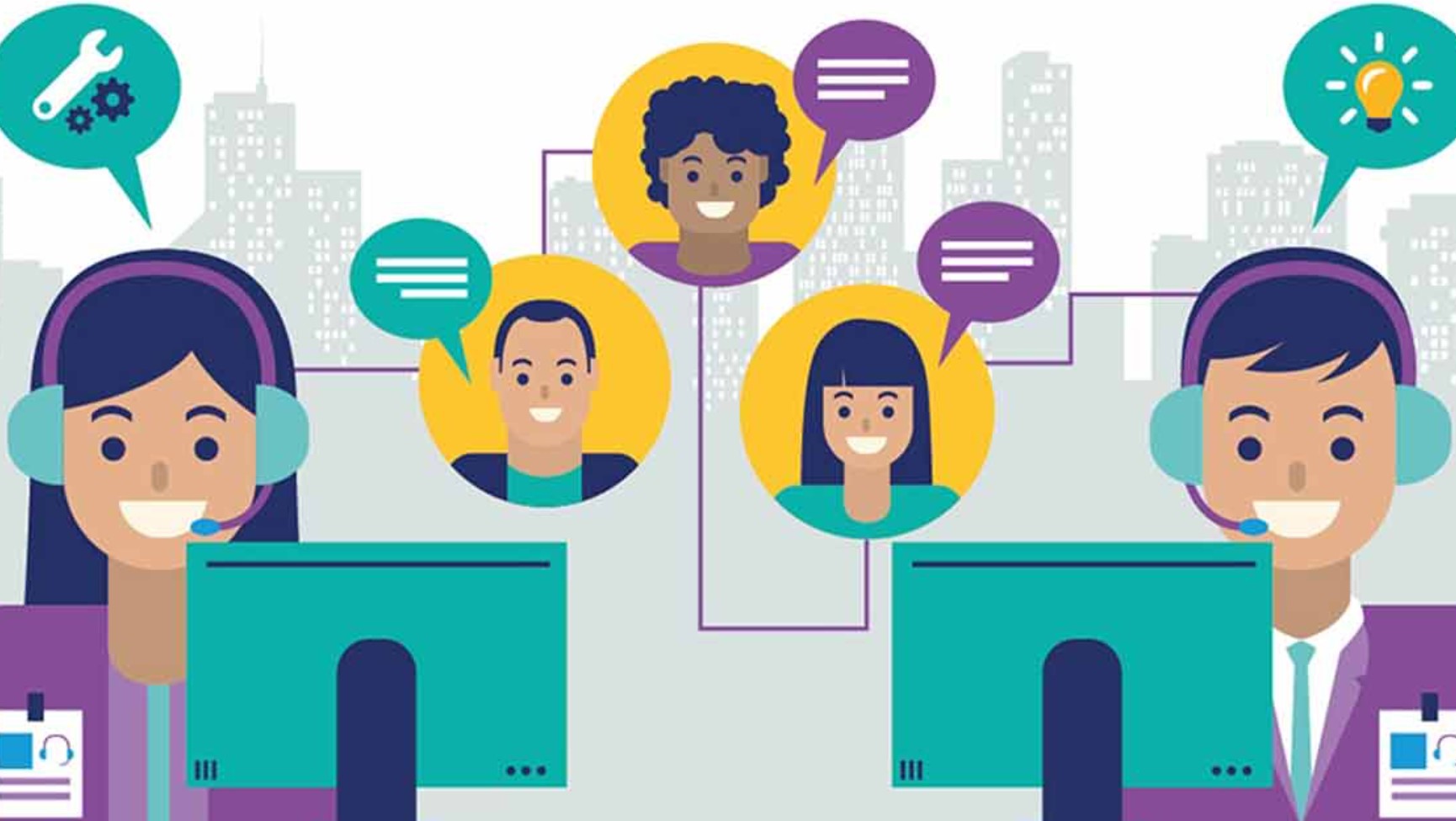Call monitoring is a valuable process used by organizations to evaluate and analyze phone conversations between representatives and customers. It allows companies to assess the quality of customer interactions, identify areas for improvement, and ensure compliance with company policies and industry regulations. In this article, we will delve into the various aspects of call monitoring, its benefits, implementation strategies, best practices, and its application in different business functions.
Understanding Call Monitoring
Call monitoring involves the systematic review and assessment of recorded or live phone conversations. It enables organizations to gain valuable insights into their customer interactions and ensure consistent service quality. By evaluating factors such as call handling, adherence to scripts, empathy, and resolution skills, businesses can identify strengths and weaknesses in their communication processes.
Benefits of Call Monitoring
Implementing call monitoring brings several benefits to organizations, including:
- Improving Customer Experience: By monitoring calls, companies can identify areas where customer experience can be enhanced, leading to higher customer satisfaction and loyalty.
- Enhancing Agent Performance: Call monitoring provides valuable feedback and coaching opportunities to agents, enabling them to improve their skills, address weaknesses, and provide better service.
- Ensuring Compliance: Organizations operating in regulated industries can use call monitoring to ensure compliance with industry regulations and internal policies.
Types of Call Monitoring
There are different types of call monitoring techniques, including:
- Silent Monitoring: Supervisors listen to live calls without the knowledge of the representative or customer. It is primarily used for evaluation purposes and can provide a comprehensive understanding of representative performance.
- Whisper Coaching: During live calls, supervisors can provide real-time guidance and suggestions to representatives without the customer’s knowledge. It helps agents improve their performance on the spot.
- Barge-In Monitoring: In this method, supervisors can join ongoing calls, allowing them to actively participate in the conversation. It is particularly useful for training and handling escalated customer issues.
Implementing Call Monitoring
To effectively implement call monitoring, organizations should follow a systematic approach that includes the following steps:
Step 1: Setting Objectives and Metrics
Before initiating call monitoring, it is crucial to define clear objectives and metrics. This involves identifying key performance indicators (KPIs) that align with the organization’s goals, such as average call duration, first call resolution rate, and customer satisfaction scores.
Step 2: Choosing the Right Call Monitoring Software
Selecting suitable call monitoring software is essential for capturing and analyzing phone conversations. The software should have features like call recording, call tagging, performance analytics, and integration capabilities with other customer service tools.
Step 3: Training and Coaching
Effective training and coaching programs are vital to equip representatives with the necessary skills to deliver exceptional customer service. Regular feedback sessions, role-playing exercises, and personalized coaching can help agents improve their communication abilities.
Best Practices for Effective Call Monitoring
To ensure the success of call monitoring initiatives, organizations should follow these best practices:
- Establishing Clear Guidelines – Developing clear guidelines and call evaluation criteria helps maintain consistency in evaluations. This ensures that representatives are aware of the expected standards and can work towards meeting them.
- Monitoring and Feedback – Regularly monitor calls and provide timely feedback to representatives. Highlight their strengths and areas for improvement, and offer constructive suggestions to enhance their performance.
- Continuous Improvement – Call monitoring should be an ongoing process. Regularly review evaluation metrics, identify patterns, and implement changes to optimize customer interactions continuously.
Call Monitoring in Customer Service
In the realm of customer service, call monitoring serves multiple purposes:
Enhancing Customer Experience
By analyzing customer interactions, organizations can identify pain points and take corrective actions to improve the overall customer experience. It helps in identifying areas where representatives can demonstrate empathy, provide personalized solutions, and effectively address customer concerns.
Identifying Training Needs
Call monitoring helps in identifying training gaps and areas where representatives require additional support. By providing targeted coaching and training, organizations can enhance the skills and knowledge of their customer service team.
Call Monitoring in Sales
Call monitoring is equally important in sales environments:
- Monitoring Sales Techniques – By reviewing sales calls, organizations can evaluate the effectiveness of sales techniques used by representatives. It allows businesses to identify successful strategies, share best practices, and optimize sales processes.
- Improving Sales Performance – Call monitoring enables supervisors to identify opportunities for improving sales performance. By providing feedback on areas such as upselling, cross-selling, objection handling, and closing techniques, representatives can refine their sales skills and achieve better results.
Call Monitoring in Support
Call monitoring plays a vital role in support functions:
- Troubleshooting and Problem Solving – Supervisors can use call monitoring to assess how effectively representatives troubleshoot and resolve customer issues. This helps in identifying areas where additional training or process improvements are required.
- Ensuring Quality Assurance – Call monitoring ensures that representatives adhere to quality assurance guidelines. It helps in maintaining consistency in the delivery of support services and ensures that customers receive accurate information and satisfactory resolutions.
The Future of Call Monitoring
The future of call monitoring lies in leveraging advanced technologies and analytics:
AI and Call Monitoring
Artificial intelligence (AI) can play a significant role in call monitoring by automating certain aspects of evaluation and analysis. AI-powered tools can transcribe calls, perform sentiment analysis, and provide real-time insights to supervisors.
Predictive Analytics
By combining call monitoring data with predictive analytics, organizations can gain valuable insights into customer behavior, identify trends, and make data-driven decisions. This can lead to proactive customer service and targeted sales strategies.




